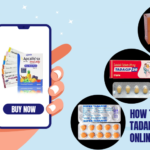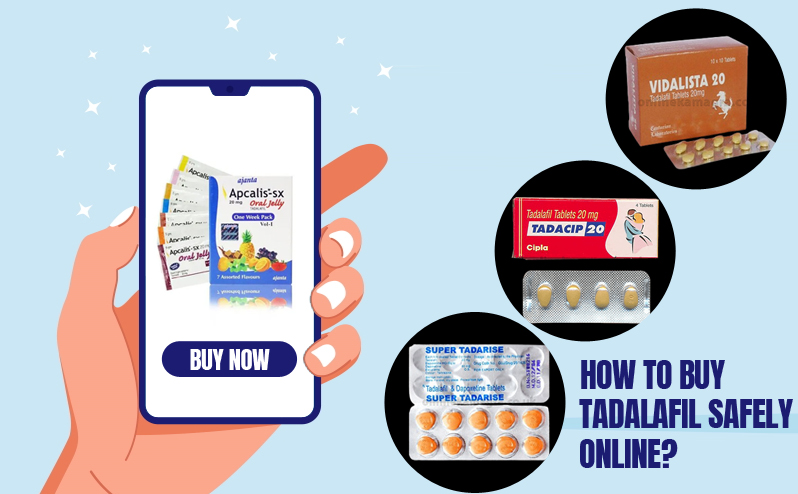Introduction of HubSpot Lifecycle Stages
HubSpot stands out as one of the top contenders in the realm of inbound marketing and sales software and provides a powerful tool in the form of Lifecycle Stages. The main function of lead management is to keep leads informed, interested and enthusiastic about a product or service, right until they become devoted clients. Here is our blog again, only this time it’s all about the HubSpot Lifecycle Stage, its notations, how does it work, and what are the most import techniques to use this kind of marketing in successfully.
What are the life stages of HubSpot?
The categories of value used by HubSpot Lifecycle Stages include a situation when a contact is placed in a position that is primarily understood in reference to their connection with your business and where the buyer cycle they are in. Doing so, you can have audience solid predictions and segregate marketing techniques based on the customer engagements. HubSpot offers four primary Lifecycle Stages:HubSpot offers four primary Lifecycle Stages:
1. Subscriber
The Subscriber stage consists of contacts who opt-in to your enterprise content, making them eligible to receive your newsletter. Contacts at this stage have moved beyond brand recognition and are considering doing business with your enterprise.
Actions to Take: For subscribers, focus on sharing valuable content to raise brand awareness. Develop a warm tone in welcome emails, newsletters, and educational pieces that your audience will find useful for ongoing engagement.
2. Lead
Leads are contacts relevant to a company’s products and services, who show interest by completing forms, downloading e-books or white papers, or requesting more information. They engage beyond passive viewing, such as commenting, liking, and sharing content.
Actions to Take: Nurture leads through customized content based on their interests and behavior. Invest in email campaigns, personalized content, and lead scoring to prioritize better-quality leads for further engagement.
3. Marketing Qualified Lead (MQL)
Marketing Qualified Leads (MQLs) have a higher level of engagement but are harder to close as they are more accepting of your marketing efforts. They have met all the criteria for qualification and are ready for sales engagement.
Actions to Take: Focus on systematic qualification and nurturing of MQLs to provide a warm sales handoff. Use lead scoring, behavior monitoring, and smart messages to guide them closer to conversion.
4. SQL or Sales-Qualified Lead (SQL)
SQL is a term that sales representatives use when talking about prospects whose business discussions are progressing, and they show readiness to make a purchase. They have clarified their intent, engaged in sales conversations, or are actively considering your offered products or services.
Actions to Take: Define KPIs for SQLs by establishing personalized sales communication channels and prioritizing high engagement. Offer tailored solutions addressing their specific needs and concerns, guiding them through the negotiation process to successfully close deals.
Also Read: The Importance of China SEO Xiaoyan in the Global Market
Why Are HubSpot Lifecycle Stages Important?
HubSpot Lifecycle Stages offer several key benefits that are essential for effective lead management and conversion optimization:
Segmentation and Targeting
Segmenting contacts based on their readiness to buy and level of engagement is a key feature of Contact Lifecycle Stages. This segmentation allows you to pinpoint and streamline your marketing and sales efforts, enabling personalized content and services for the most suitable audiences.
Lead Nurturing
By categorizing leads into different stages, you can implement targeted strategies to meet the requirements of each step in the buyer’s journey. This approach trains your sales team to build connections, guide prospective clients through their buying decisions, and ultimately close sales.
Covering Sales and Marketing Aspects
HubSpot Lifecycle Stages bridges the gap between marketing and sales teams by providing a common ground and language regarding the pipeline through various sales funnel phases. Alignment with sales goals reduces communication barriers, and improves collaboration and coordination, leading to better lead management and conversion rates.
Data-driven Insights
Lifecycle Stages provide valuable insights into how your contacts interact with your business, what keeps them engaged, and which content influences their purchase decisions. Leveraging this data helps you make informed decisions, identify emerging trends, and optimize strategies based on customer interaction patterns and preferences.
Manual Updates
These updates occur automatically as users log in daily to review Lifecycle Stages for each contact and assess their readiness to purchase and level of engagement. This customized sorting and management process automates operations, allowing for more precise classification and enhanced accuracy.
Progression and Regression
Contacts are typically associated with specific “Lifecycle Stages” based on their activities and engagement over time. For instance, a Lead who consistently engages with various marketing campaigns may be elevated to an MQL, whereas an MQL showing decreased activity might be downgraded to Lead or Subscriber status.
Integration with Workflows
Leveraging HubSpot Workflows enables the automation of actions and updates based on Lifecycle Stages, mapping where a contact stands in their buyer journey. Additionally, you can set up actions like personalized email sends based on profile segmentation. Task assignments to sales personnel, and property updates when a contact’s Lifecycle Stage status changes.











